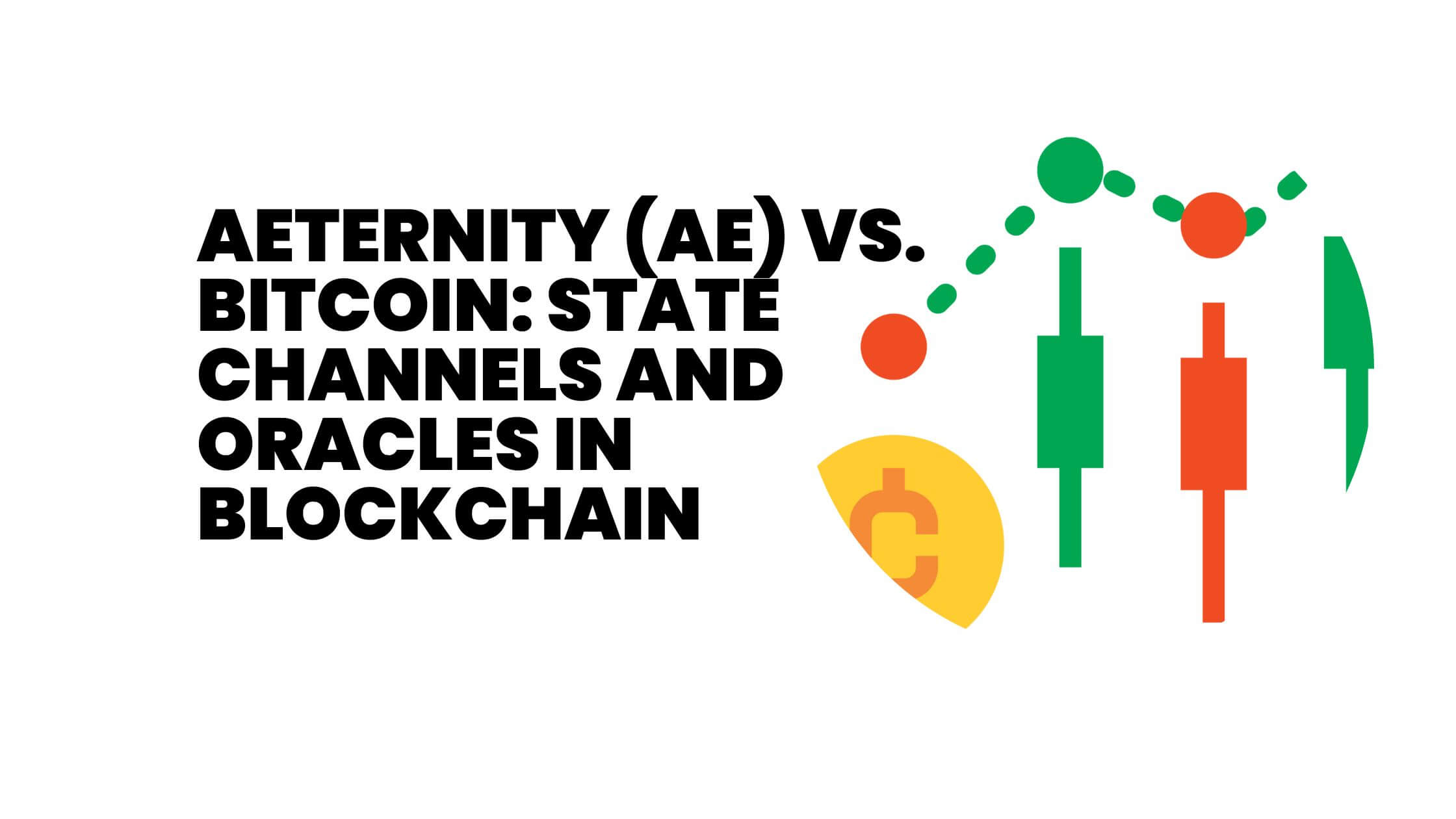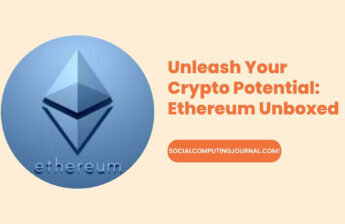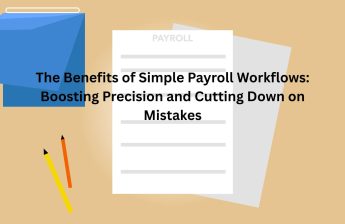Blockchain technology has revolutionized the way we perceive digital trust and security. Among the plethora of cryptocurrencies, Aeternity (AE) and Bitcoin stand out for their unique features and approaches to scalability and efficiency. Aeternity, in particular, introduces innovative solutions like state channels and oracles to address the limitations of traditional blockchain systems. This article delves into the intricacies of Aeternity and Bitcoin, highlighting the role of state channels and oracles in enhancing blockchain functionality. Kickstart your Bitcoin trading adventure by exploring https://atlasquantum.com/, where you can create an account and execute successful trades, regardless of your trading experience.
Contents
Understanding Aeternity (AE)
Founded in 2016 by Yanislav Malahov, Aeternity is a blockchain platform designed to improve scalability, transparency, and efficiency. It stands apart from other blockchain networks with its unique features and a strong focus on user experience. Aeternity introduces state channels for off-chain scaling, oracles for real-world data integration, and a naming system for user-friendly addresses.
The platform is engineered to accommodate a vast number of transactions, making it an ideal choice for decentralized finance (DeFi) applications and other high-transaction environments. Aeternity’s consensus mechanism, governance model, and native token (AE) work in tandem to create a robust and secure network.
Aeternity’s Unique Approach to Scalability
Scalability has been a persistent issue in the blockchain world, with networks like Bitcoin struggling to handle a large number of transactions per second. Aeternity addresses this issue with state channels, a second-layer solution that allows transactions to occur off-chain, only settling on the blockchain when necessary. This approach significantly reduces transaction times and fees, making Aeternity a more scalable option than many of its counterparts.
State channels are particularly beneficial for applications requiring instant transactions, such as gaming or microtransactions. By moving these transactions off-chain, Aeternity ensures that its network remains fast and efficient, even as it scales to accommodate more users and transactions.
The Role of Oracles in Aeternity
Oracles play a crucial role in bridging the gap between blockchain and the real world. They provide smart contracts with access to external data, enabling them to execute based on real-world events and conditions. Aeternity’s approach to oracles is unique in that it integrates them directly into the blockchain, ensuring a higher level of security and efficiency.
On-chain oracles in Aeternity are managed by special transactions, allowing them to request and provide data in a decentralized manner. This approach reduces the need for third-party solutions, ensuring that Aeternity’s network remains trustless and secure.
Aeternity vs. Bitcoin: A Comparative Analysis
While Bitcoin is undoubtedly the most well-known cryptocurrency, its limitations in terms of scalability and efficiency have become increasingly apparent. Aeternity’s introduction of state channels and oracles addresses these issues, providing a more scalable and efficient alternative.
In terms of performance, Aeternity’s state channels allow for instant transactions, a significant improvement over Bitcoin’s 10-minute block time. Additionally, Aeternity’s consensus mechanism is designed to be more energy-efficient than Bitcoin’s proof-of-work system, further enhancing its scalability.
Security is paramount in any blockchain network, and both Aeternity and Bitcoin take this seriously. However, Aeternity’s unique approach to oracles and state channels provides an additional layer of security, ensuring that transactions are not only fast and efficient but also secure.
Future Developments and Innovations
Aeternity is constantly evolving, with a strong focus on innovation and improvement. The platform’s roadmap includes numerous upgrades and new features designed to enhance scalability, security, and user experience.
One of the most anticipated developments is the introduction of Hyperchains, a consensus upgrade that will allow Aeternity to scale further on-chain and enable users to launch their own private or public sidechains. This upgrade will leverage the security of the Bitcoin network, creating a secure and scalable solution for the future of blockchain.
Conclusion
In conclusion, Aeternity and Bitcoin embody divergent paradigms within blockchain technology, each with distinct advantages and limitations. Aeternity sets itself apart by integrating state channels and oracles, tackling prevalent blockchain challenges, and offering a scalable, efficient, and secure solution. As the blockchain domain progressively advances, Aeternity emerges as a formidable player, thanks to its innovative features and dedication to enhancing user experience. For developers, investors, or blockchain aficionados, Aeternity’s novel approach to addressing scalability, security, and efficiency demands attention.
The information contained in this article is for educational and informational purposes only and should not be construed as financial advice. Cryptocurrency markets are volatile and risky, and prices can fluctuate wildly. You should always do your own research before making any investment decisions.







